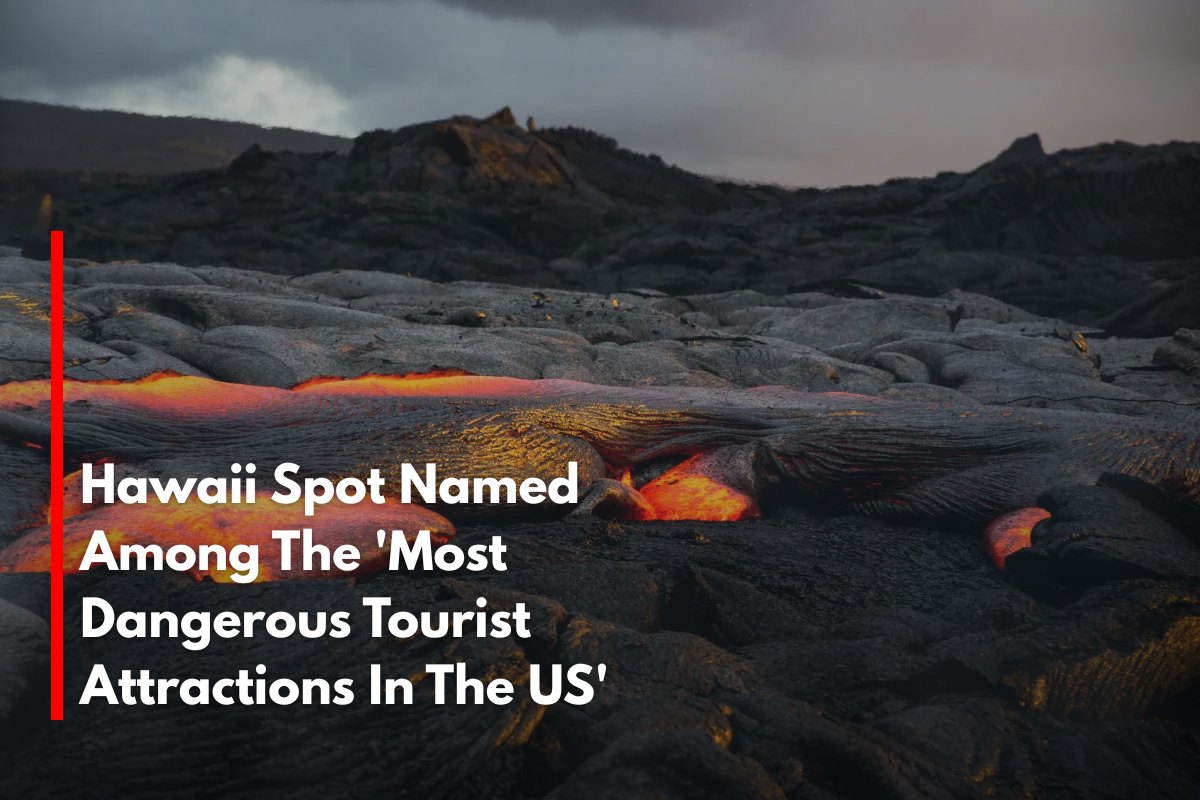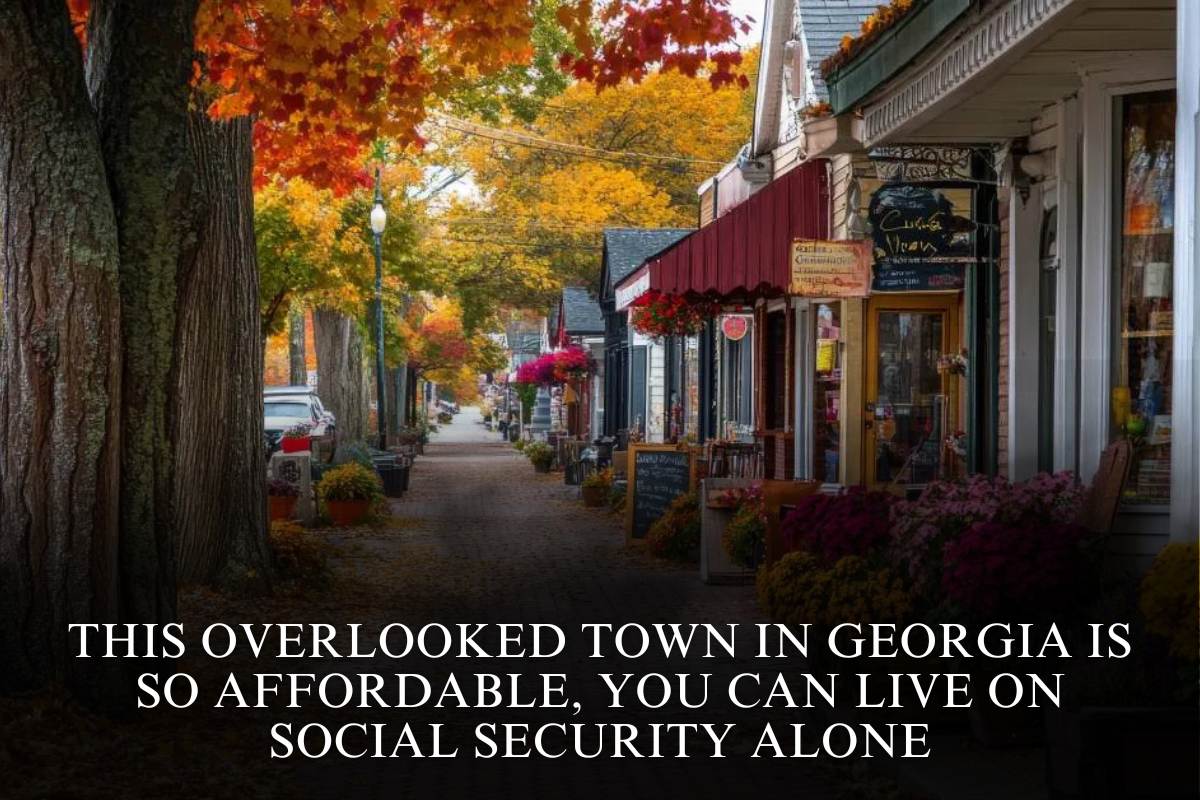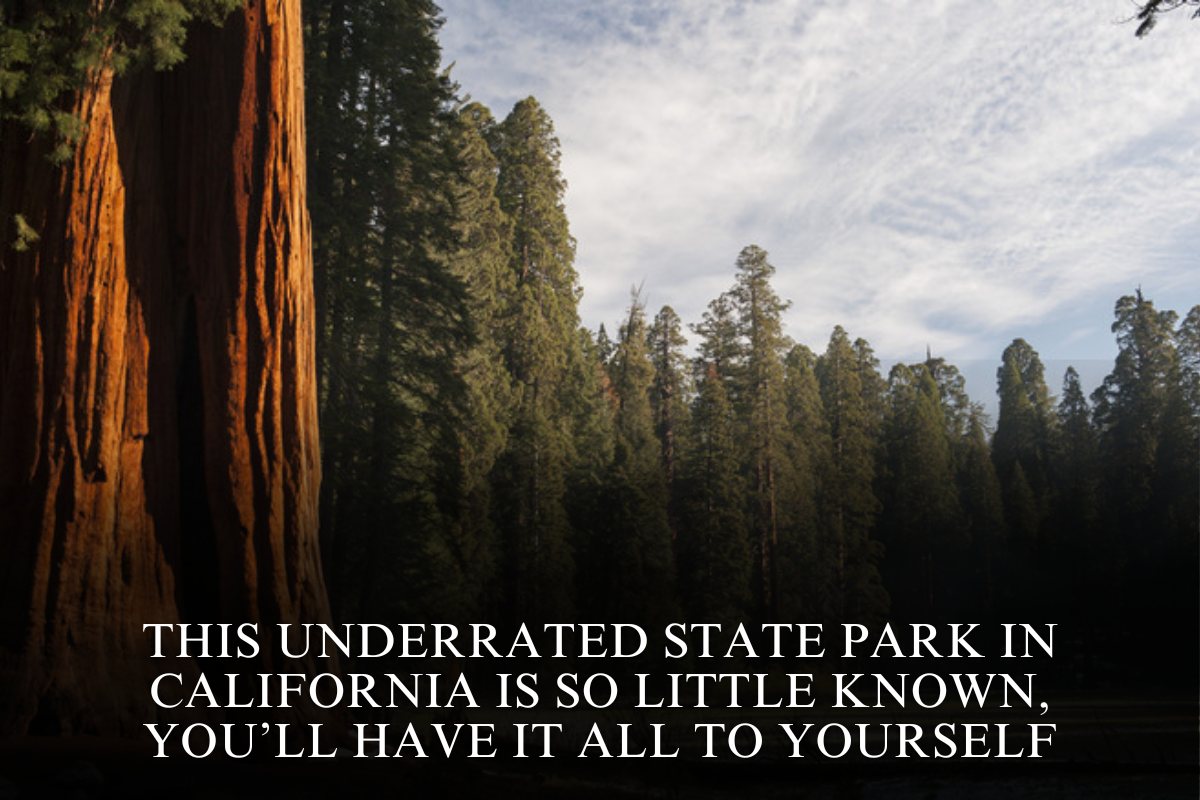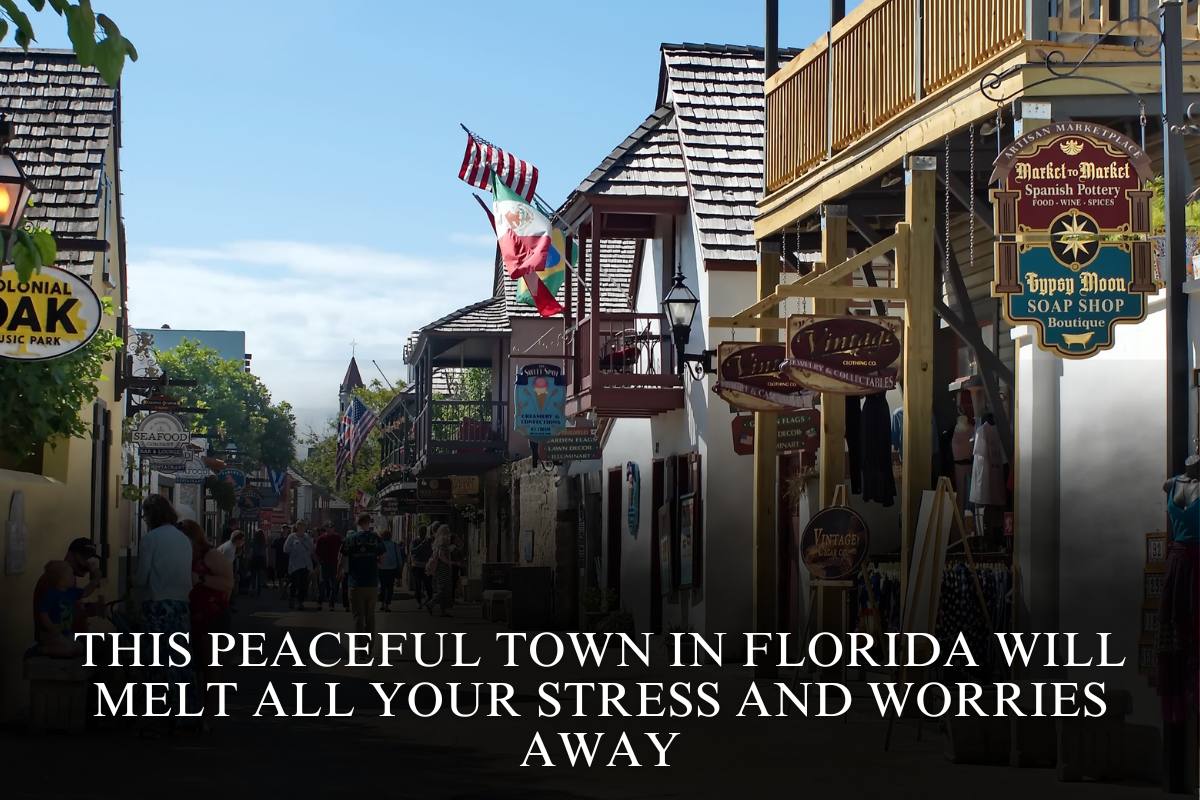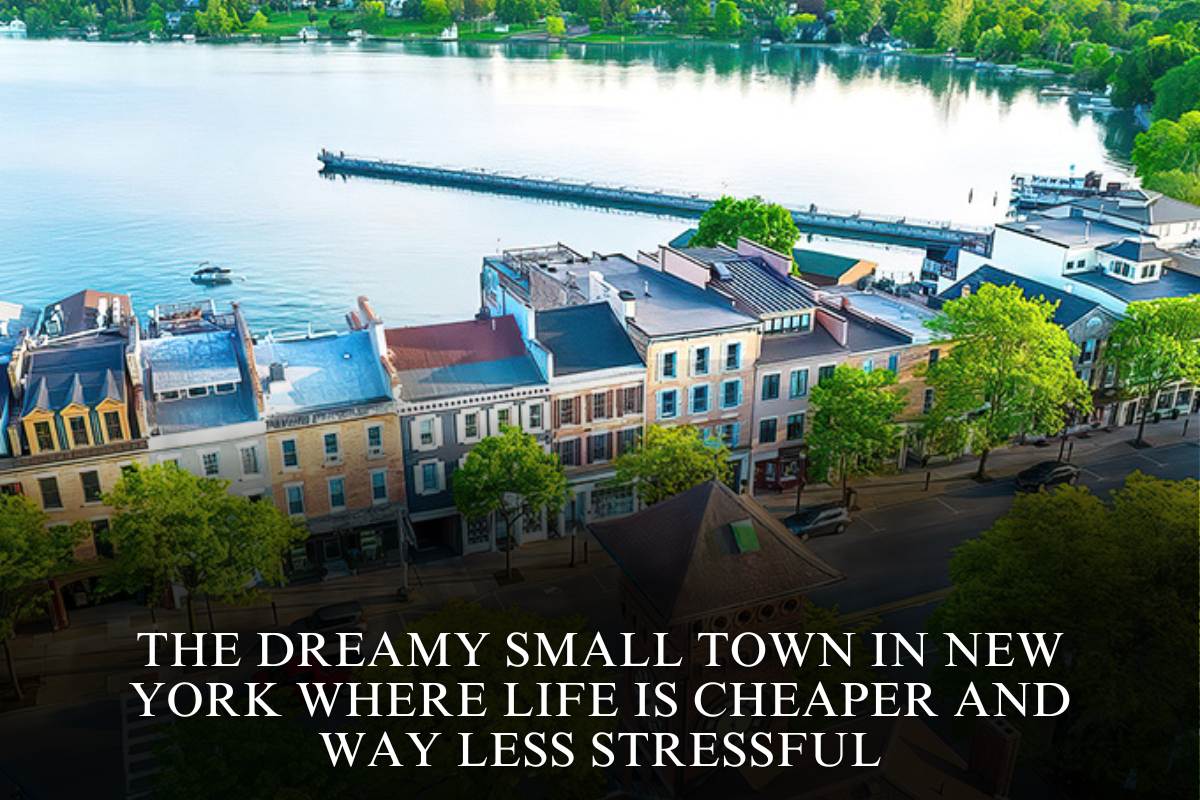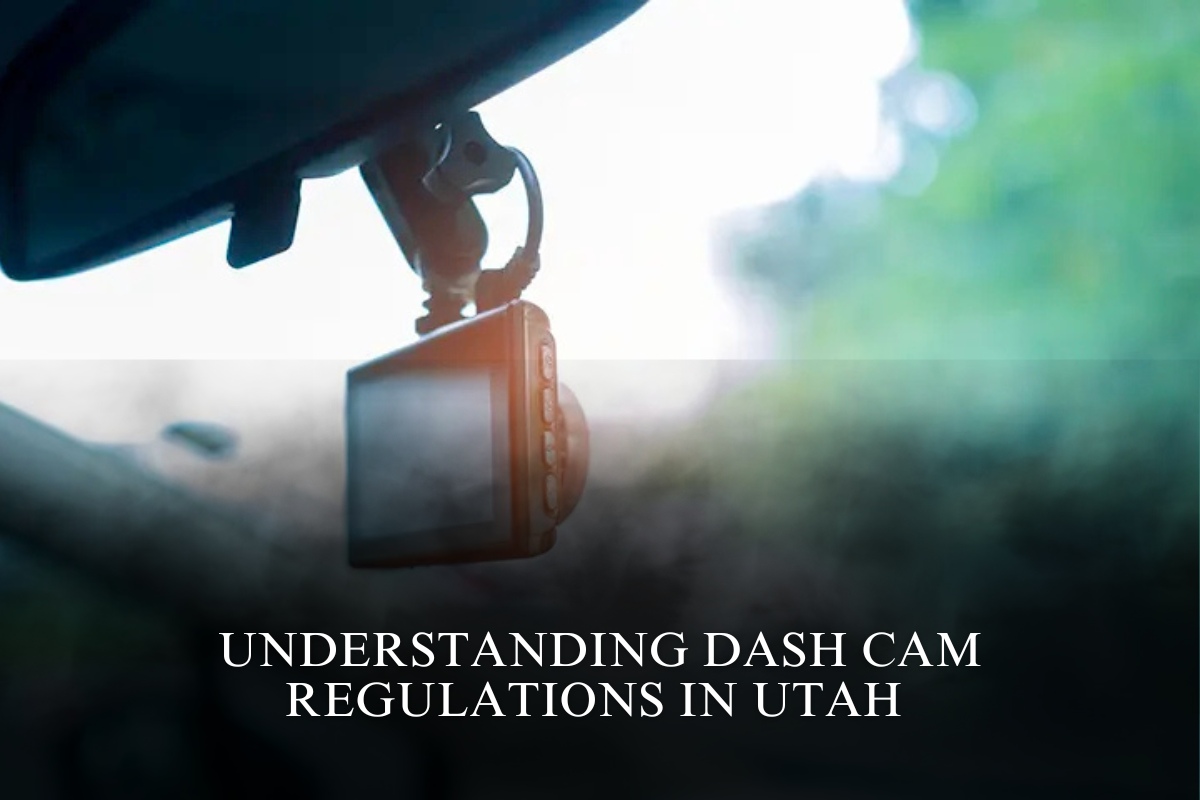Fascination Meets Risk: Hawaii’s Volcanic Sites
When it comes to breathtaking scenery and natural wonders, Hawaii reigns supreme. Yet, hidden beneath this paradise lies an element of danger that few destinations in the United States can rival. Among America’s most perilous tourist attractions, Hawaii’s active volcanoes—especially those in Hawaii Volcanoes National Park on the Big Island—stand out for the unpredictable, awe-inspiring spectacle they offer to visitors.
The Perils of Volcano Watching
Hawaii’s volcanoes, such as Kīlauea and Mauna Loa, draw thousands of tourists every year hoping to witness flowing lava. While the sight is extraordinary, the risks are equally dramatic. Lava temperatures can soar to 2,200°F, making fatal burns and toxic gas exposure very real dangers.
In fact, venturing too close to active lava flows has resulted in numerous injuries and deaths over the years, with records showing scores of hikers and onlookers harmed by sudden eruptions, unpredictable ground collapses, and exposure to sulfur dioxide fumes.
Helicopter tours of volcanic areas add a further layer of risk. The region has been the site of dozens of chopper crashes in recent decades, sometimes with tragic results. Despite safety measures, nature’s volatility makes these experiences inherently hazardous.
Hiking Trails in a Landscape of Extremes
The captivating volcanic terrain also offers miles of hiking trails. While these treks provide unparalleled vistas, they are fraught with danger. Unstable surfaces, sudden weather changes, and hidden fissures have led to serious injuries and fatalities among eager adventurers. Between 1992 and 2002 alone, Hawaii’s volcanic areas saw over forty deaths and dozens more serious injuries due to falls, exposure, and natural disasters.
Ocean Risks: The Double Threat
For those tempted by Hawaii’s stunning coastline, there are additional risks. Powerful currents and unpredictable surf, especially at notorious spots like Sandy Beach on Oahu, can catch swimmers and surfers off guard, sometimes with fatal consequences. These beaches are known locally for injuries ranging from broken bones to drownings caused by deceptive shore breaks.
Safety Amidst Spectacle: How to Be Cautious
If you plan a trip to Hawaii’s most beautiful—and dangerous—attractions, preparation and respect for local warnings are paramount. Visitors should:
Heed all park safety signage and stay out of restricted volcano viewing areas.
Use guides for hiking and volcano tours, and check weather and eruption alerts.
Remain aware of changing conditions on beaches, and swim only where lifeguards are present.
Avoid risky helicopter tours unless with a reputable operator.
Why Hawaii’s Suicide-by-Scenery Season Never Ends
The balance of thrill and risk in Hawaii’s volcanic and aquatic landscapes captures the imagination but demands caution. Whether you’re hiking a treacherous lava field, photographing a fiery eruption, or swimming off a rugged beach, Hawaii’s most dangerous tourist attractions offer unforgettable memories—if you live to tell the tale.
Ultimately, Hawaii’s wonders come with an undeniable warning: Nature’s beauty here can be both mesmerizing and merciless, making it one of the most dangerous tourist destinations in the United States.
Sources
[1] https://timesofindia.indiatimes.com/travel/destinations/bitter-truth-what-makes-hawaii-one-of-americas-most-dangerous-places/articleshow/103832487.cms
[2] https://www.croninfried.com/blog/what-are-the-most-dangerous-recreational-activities-in-hawaii/
[3] https://www.livinginhawaii.com/hawaii-things-to-do/hawaii-beaches/what-is-the-most-dangerous-beach-in-hawaii/
[4] https://www.hawaii-guide.com/10-places-to-avoid-in-hawaii
[5] https://www.youtube.com/watch?v=k_i6q19dpaU
